Winter HVAC Maintenance: Essential Furnace and Heating System Care for Cold Weather
Winter HVAC maintenance is your proactive routine for inspecting, tuning, and protecting your heating systems so they run efficiently, safely, and reliably through the coldest months. This guide explains how preventative checks—like swapping out filters, verifying airflow, and inspecting combustion—slash your risk of breakdowns, cut energy use, and extend the life of your furnace and heat pump.
Many homes in Northern Colorado face sharp temperature swings and heavy heating demands that really stress furnaces, heat pumps, and ductwork. Targeted winter HVAC maintenance is the solution, catching wear and tear early and optimizing your system's performance. Here’s why winter maintenance is crucial, a practical DIY checklist, guidance on when to call a pro, emergency tips for frozen pipes and furnace failures, strategies for your thermostat and insulation to save energy, heat pump winterization advice, and an overview of HALO Heating and Air for homeowners seeking expert help. We’ll use terms like furnace tune-up, heat pump winterization, air filter replacement, and programmable thermostat setup to make it easy to follow along and prioritize what you can handle yourself versus when to bring in a certified technician.
What Are the Key Steps in a DIY Winter HVAC Maintenance Checklist?
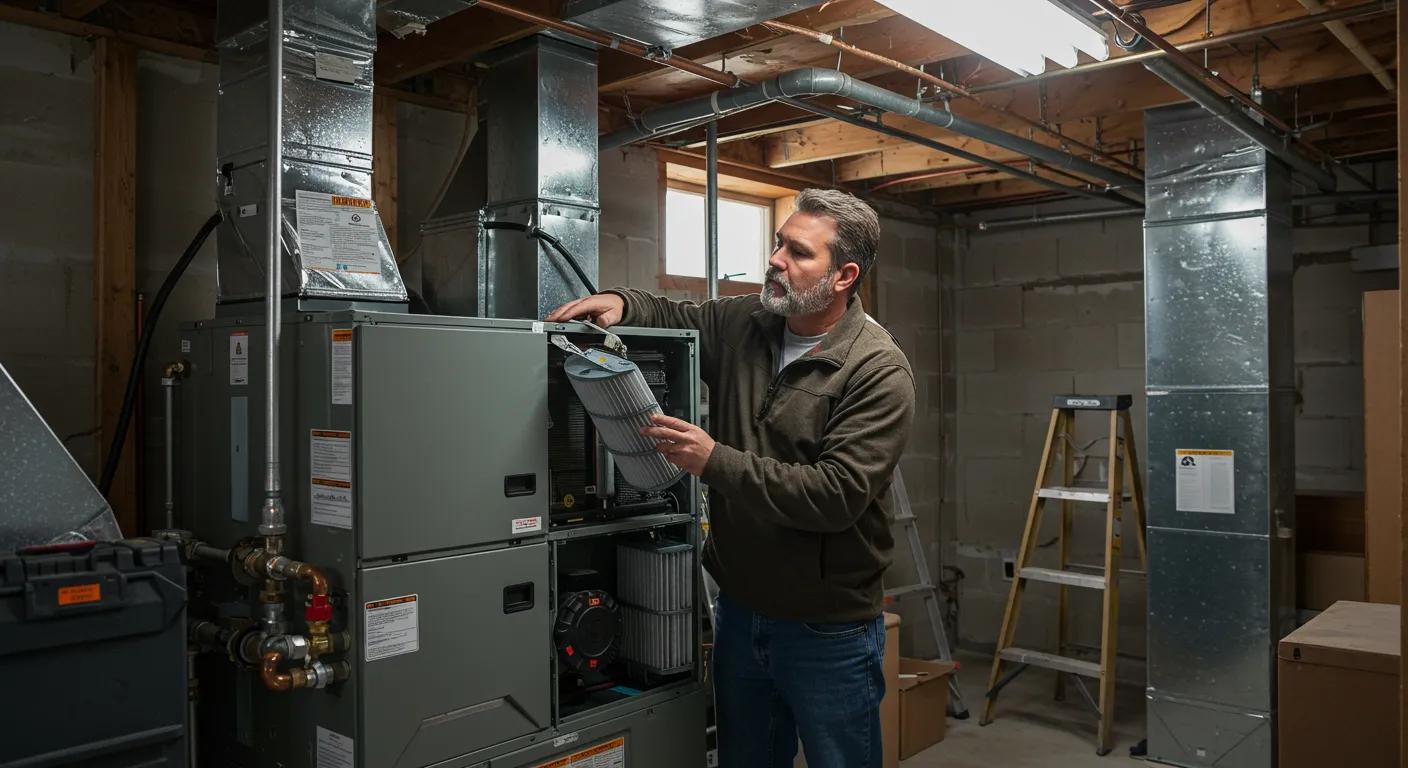
A focused DIY winter HVAC checklist empowers you to handle safe, high-impact tasks that preserve system efficiency and indoor comfort. It works by addressing the most common culprits behind reduced performance: filters, controls, airflow, and outdoor exposure. The steps below are prioritized for safety and impact, helping you reduce heating loads and spot issues before they become major repairs. After the checklist, a table summarizes the tools, supplies, and recommended frequencies to make recurring care straightforward.
Here are the primary DIY maintenance tasks you can perform safely:
- Swap out or inspect air filters to maintain designed airflow and protect the blower assembly.
- Program your thermostat with winter setbacks and verify schedule operation for energy savings.
- Clear and check vents and returns for obstructions to ensure balanced airflow throughout your home.
- Protect outdoor units by clearing debris and insulating exposed refrigerant lines where applicable.
These steps focus on immediate, high-impact maintenance that reduces strain on your heating systems and prepares your home for colder conditions.
Here’s a quick guide to common DIY tasks, the tools you’ll need, and how often to tackle them.
Next, we’ll dive into filter replacement intervals and why they’re so important for your system’s health.
How Often Should You Swap Air Filters in Winter?
You should inspect air filters monthly and replace them based on filter type and household conditions. Typical fiberglass or pleated filters often need replacement every 1–3 months under winter loads. Higher-MERV or HEPA-style filters capture more particulates but can restrict airflow if not sized correctly, so check static pressure recommendations and replace or clean according to manufacturer guidance. Dirty filters make the blower work harder, reduce heat transfer, and can lead to uneven heating and higher energy bills. Consistent filter maintenance protects indoor air quality and boosts furnace efficiency. Regularly checking the filter slot and ducted returns helps determine the best schedule for your specific home.
How Do You Adjust Thermostat Settings for Energy Savings?
Optimizing your thermostat settings saves energy by cutting down on unnecessary run time while keeping you comfortable through targeted setbacks during unoccupied periods and overnight. A common approach is to lower the setpoint by 6–8°F when you're away during the day and by 6–8°F at night. Programmable or smart thermostats automate these setbacks, capturing savings without sacrificing comfort. Smart thermostats add learning algorithms and remote control to fine-tune schedules and respond to occupancy, further reducing wasted heating. Implementing these settings complements physical maintenance by lowering demand on your furnace or heat pump and improves operational efficiency throughout the heating season.
What Simple Vents and Duct Checks Can Homeowners Perform?
Homeowners can check vents and ducts by ensuring registers are open, unobstructed, and properly directed to balance airflow between rooms. You can also vacuum visible dust from grilles to maintain free passage. Inspect accessible ductwork for disconnections or loose seams and listen for whistling sounds that indicate leaks. Minor visible gaps can be noted and scheduled for professional sealing. While major duct sealing and insulation improvements require a technician, these basic checks help maintain even heating and reduce the load on your heating system. Consistent vent and register housekeeping also helps identify areas that may need professional attention.
How Can You Prevent and Solve Common Winter HVAC Problems?
Preventing and solving common winter HVAC problems relies on maintaining steady heat, protecting vulnerable plumbing runs, and recognizing early mechanical symptoms so interventions are prompt and effective. The most frequent winter issues include frozen pipes, furnace breakdowns, and inadequate indoor heat distribution caused by airflow restrictions or failing components. Addressing the underlying causes—insulation, thermostat management, filter care, and timely professional service—reduces the incidence of emergencies. The subsequent subsections explain the causes of frozen pipes, how to detect impending furnace failures, and immediate emergency steps for frozen or burst pipes.
What Causes Frozen Pipes and How Can HVAC Maintenance Help?
Frozen pipes typically result from prolonged exposure to subfreezing temperatures, inadequate insulation on exterior or unheated runs, or sudden drops in indoor temperature due to furnace failure. HVAC maintenance helps by ensuring your heating system maintains consistent indoor warmth and by advising on insulating problem plumbing runs. Maintaining baseline interior temperatures, preventing rapid overnight drops, and ensuring adequate warm airflow in vulnerable areas (basements, crawlspaces, garages) reduces freezing risk. Insulating exposed pipes with foam wrap and sealing drafts where pipes run through exterior walls also mitigates freezing. Combined HVAC and building envelope measures create redundancy that prevents pipe freezing under typical winter conditions.
How Do You Identify and Fix Furnace Breakdowns Before They Happen?
Identify impending furnace breakdowns by monitoring warning signs like slow or uneven heating, rising energy bills without usage changes, unusual noises, and frequent cycling. These indicators suggest components are stressed or failing. Fixes include replacing clogged filters, ensuring vents and returns are unobstructed, and scheduling professional diagnostic service to test ignition, heat exchangers, and electrical controls before a full failure occurs. Proactive scheduling of tune-ups and addressing small symptoms promptly prevents dramatic, late-night breakdowns during cold weather. Early identification and repair protect your household comfort and reduce the likelihood of emergency intervention.
What Are Emergency Solutions for Frozen or Burst Pipes?
Immediate emergency steps for frozen pipes include shutting off the water supply to the affected section or the main valve, opening faucets to relieve pressure, and applying gentle heat (hair dryer, warm towels, space heater at a safe distance) to thaw the pipe. Do not use open flame. For burst pipes, shut off water immediately, drain lines by opening faucets, and minimize damage by placing buckets and towels under leaks while contacting professional plumbing and, if necessary, HVAC help to restore heat and dry affected areas. If freezing or bursting occurs during extreme cold, getting professional repair quickly reduces secondary damage and restores safe operation. These emergency steps bridge homeowner actions and professional repair during crisis situations.
How Does HALO Heating and Air Provide Expert Winter HVAC Services in Northern Colorado?
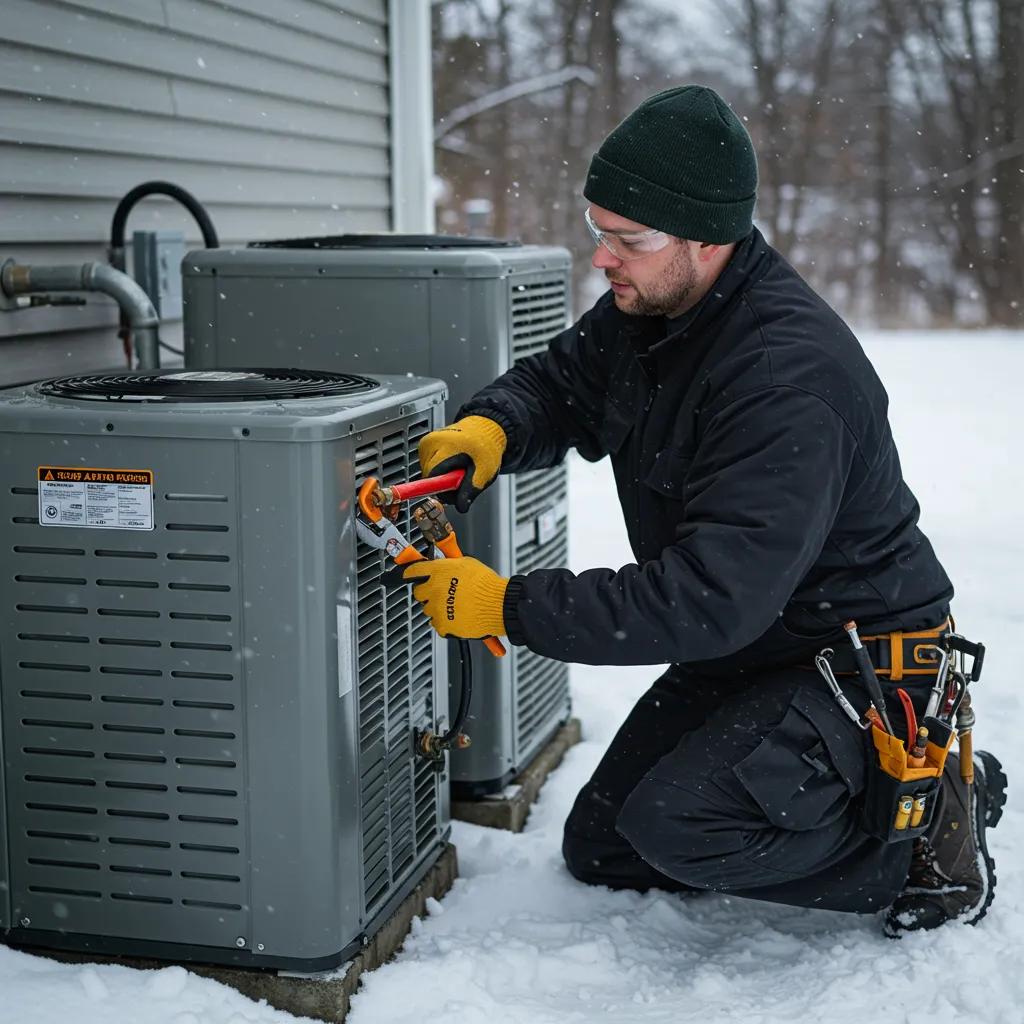
HALO Heating and Air offers local, professional winter HVAC services tailored for Northern Colorado homeowners. We provide maintenance, repair, and installation across multiple heating system types to keep homes safe and comfortable during cold weather. We serve Loveland and surrounding Northern Colorado communities, covering furnaces, heat pumps, mini-split systems, and air conditioning transition services where needed. HALO’s unique service features include 24/7 availability for emergency response, financing options to make repairs accessible, and expert technical support to diagnose and remediate complex winter issues. Homeowners seeking professional assistance can request a free estimate or schedule service through HALO’s local contact pathways described below.
What Makes HALO’s Winter HVAC Maintenance Unique for Loveland and Surrounding Areas?
HALO Heating and Air differentiates its winter maintenance by combining local climate knowledge of Northern Colorado with on-call emergency support and financing options that help homeowners act quickly when problems arise. Understanding regional weather patterns allows our technicians to prioritize tasks that matter in this climate, such as pipe protection, cold-start tune-ups, and heat pump defrost optimization. Our 24/7 availability reduces downtime during cold snaps, while financing supports timely repairs without forcing homeowners to delay essential work. These attributes create a practical, locally focused service model designed to minimize winter risk for area residents.
How Can Homeowners Request a Free Estimate or Schedule Service?
Homeowners can request a free estimate or schedule service by contacting HALO Heating and Air through our public contact channels. Please provide information about your system type, symptoms, and preferred timing for service. When preparing to request service, gather details such as system make and model (if available), recent performance issues (noise, cycling, odors), and the presence of any safety alerts like carbon monoxide alarms to accelerate diagnostics. Clear initial information enables faster, more accurate estimates and helps our service team prioritize urgent needs during winter. Using these steps makes the scheduling process efficient and ensures technicians arrive prepared.
What Customer Reviews and Success Stories Highlight HALO’s Expertise?
Local customer reviews and success stories showcase HALO’s ability to respond during critical winter events, complete thorough furnace tune-ups, and provide effective heat pump winterization that restored reliable heating for homeowners across Northern Colorado. Aggregated feedback often references prompt emergency response, clear explanations of repair options, and professional follow-through—qualities that build trust in high-stress winter situations. Showcasing anonymized examples or review excerpts on our company profile helps prospective customers evaluate service consistency and outcomes. These real-world experiences underscore why many homeowners opt for professional help instead of delaying repairs during cold weather.
Frequently Asked Questions
What are the signs that my heating system needs professional maintenance?
Signs that your heating system requires professional maintenance include unusual noises, inconsistent heating, rising energy bills, and frequent cycling on and off. If you notice a gas smell or your carbon monoxide alarm is triggered, it's crucial to call a technician immediately. Additionally, if your system fails to start or produces weak airflow, these are indicators that professional intervention is necessary. Regular inspections can help catch these issues early, preventing costly repairs and ensuring safe operation.
How can I improve indoor air quality during winter months?
Improving indoor air quality during winter involves several strategies. Regularly replacing air filters is essential, as dirty filters can circulate dust and allergens. Using a humidifier can help maintain optimal humidity levels, reducing dryness that can irritate respiratory issues. Additionally, ensuring proper ventilation by opening windows occasionally or using exhaust fans can help remove stale air. Incorporating houseplants can also enhance air quality by filtering toxins. These practices contribute to a healthier indoor environment during the heating season.
What should I do if my furnace is short-cycling?
If your furnace is short-cycling, it means it turns on and off frequently without reaching the desired temperature. This can be caused by a clogged air filter, improper thermostat settings, or issues with the furnace itself. Start by checking and replacing the air filter if it's dirty. Ensure that vents are open and unobstructed. If the problem persists, it may indicate a more serious issue, such as a malfunctioning thermostat or a need for professional inspection to diagnose and resolve the underlying cause.
Are there specific winterization tips for heat pumps?
Yes, winterizing heat pumps involves several key steps. First, ensure that outdoor units are clear of snow and ice to maintain airflow. Insulate exposed refrigerant lines to prevent thermal loss. Regularly check the defrost cycle to ensure it operates correctly; if it runs too frequently, it may indicate a problem. Additionally, schedule a professional inspection to assess refrigerant levels and overall system performance. These measures help ensure that your heat pump operates efficiently throughout the winter months.
How can I tell if my thermostat is functioning properly?
To determine if your thermostat is functioning correctly, start by checking the temperature settings and ensuring they match your desired comfort level. Observe if the heating system responds appropriately when you adjust the thermostat. If the system does not turn on or off as expected, or if the temperature in your home does not match the thermostat reading, it may be malfunctioning. Additionally, consider replacing batteries in battery-operated models and cleaning any dust or debris around the unit to improve performance.
What are the benefits of scheduling a professional HVAC inspection before winter?
Scheduling a professional HVAC inspection before winter offers numerous benefits. It ensures that your heating system is operating efficiently and safely, reducing the risk of unexpected breakdowns during cold weather. Technicians can identify and address potential issues, such as worn components or airflow restrictions, before they escalate into costly repairs. Regular inspections also help improve energy efficiency, leading to lower utility bills. Overall, proactive maintenance enhances comfort and peace of mind, knowing your system is ready for the winter months.
What should I do if my heating system fails during a cold snap?
If your heating system fails during a cold snap, first ensure that the thermostat is set correctly and check for tripped circuit breakers. If the system still does not operate, turn it off to prevent further damage and contact a professional HVAC technician immediately. In the meantime, use space heaters safely to maintain warmth in occupied areas, and cover windows with blankets or thermal curtains to retain heat. If you suspect a gas leak, evacuate the area and call emergency services right away.
Conclusion
Implementing winter HVAC maintenance is essential for ensuring your heating systems operate efficiently and safely throughout the cold months. By following a proactive approach, homeowners can reduce energy costs, extend the lifespan of their equipment, and enhance indoor comfort. Don't wait for an emergency; take action now by scheduling a professional tune-up or exploring our DIY maintenance tips. For expert assistance, contact HALO Heating and Air today to keep your home warm and secure this winter.
Customer Testimonials
See what homeowners across Windsor and Northern Colorado are saying about our reliable service, expert workmanship, and commitment to getting the job done right.
Latest Blogs
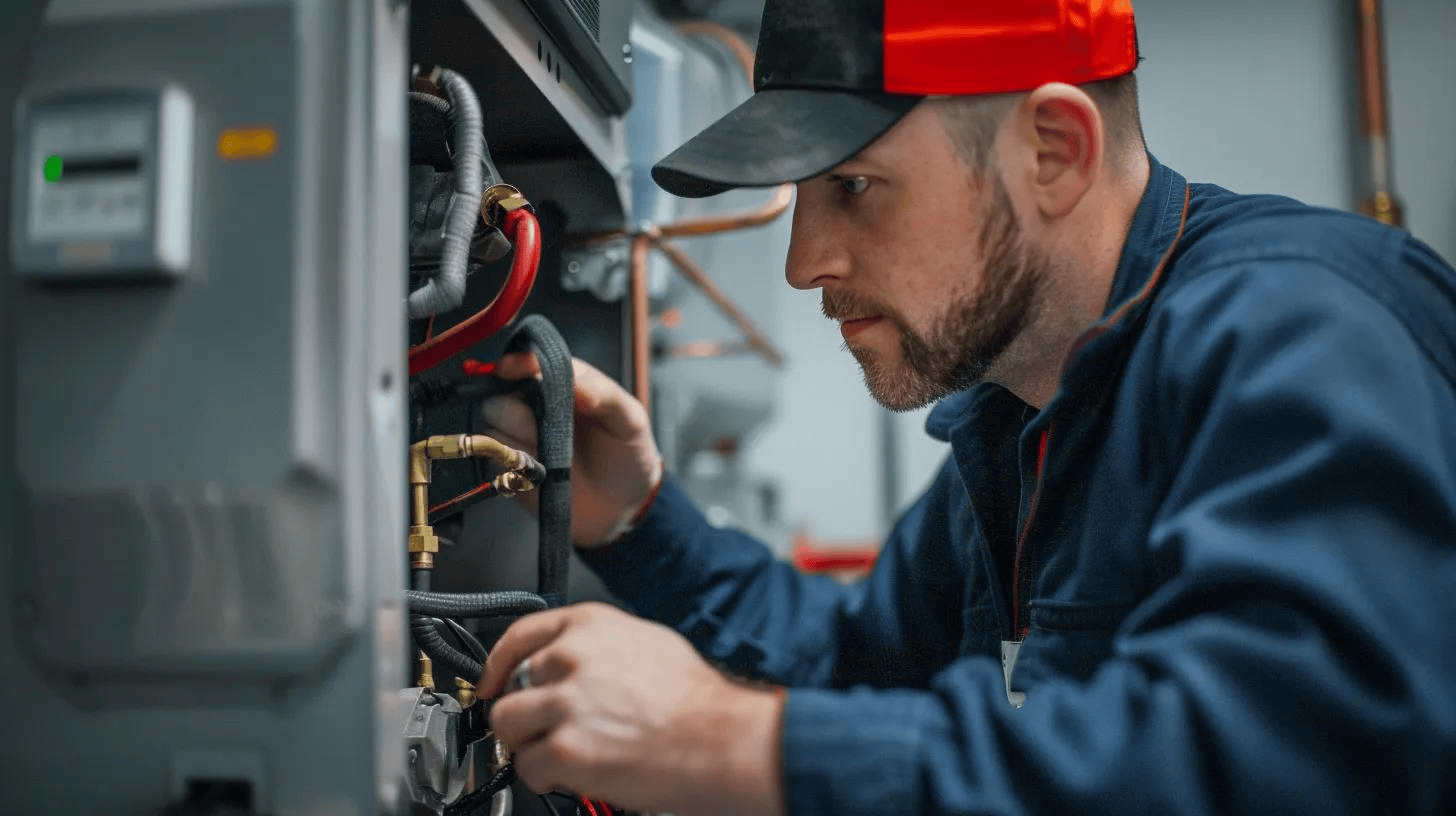
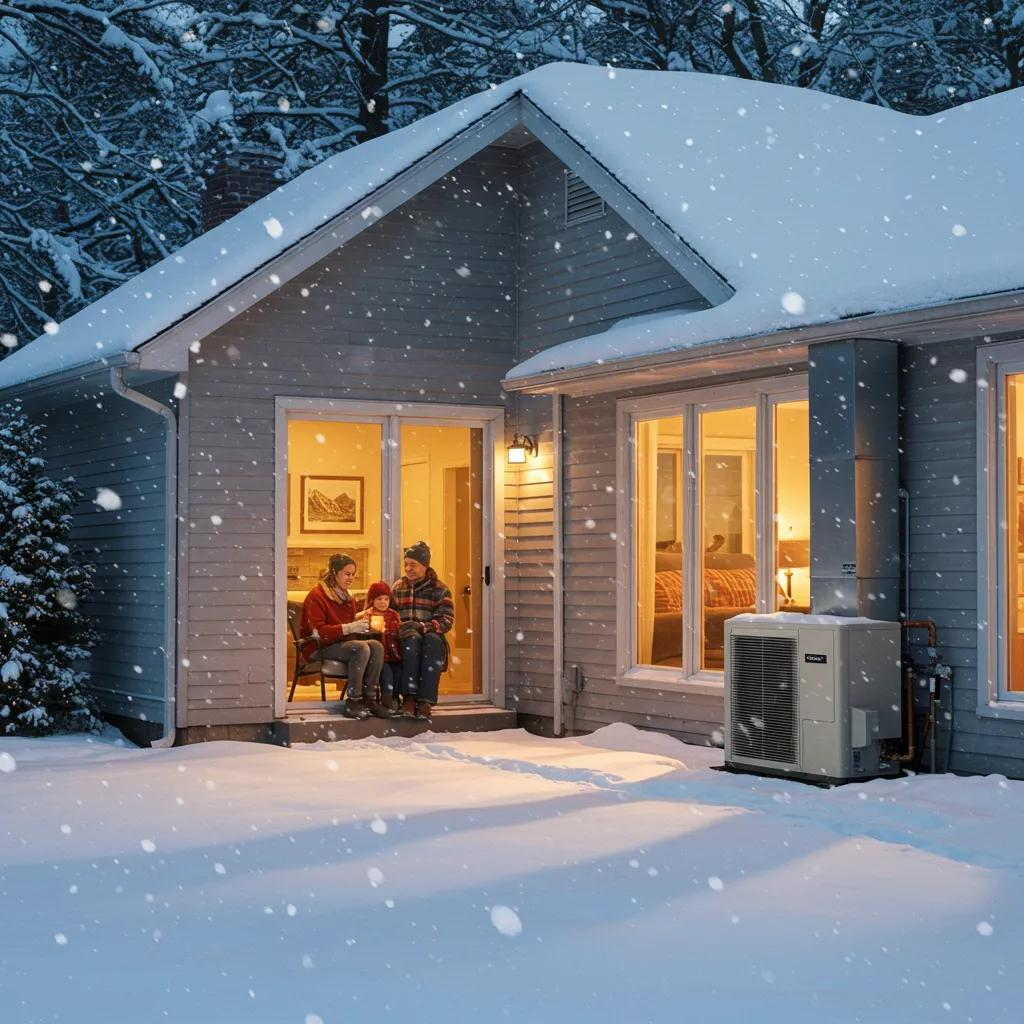
Winter HVAC Maintenance: Keep Your System Running Smoothly
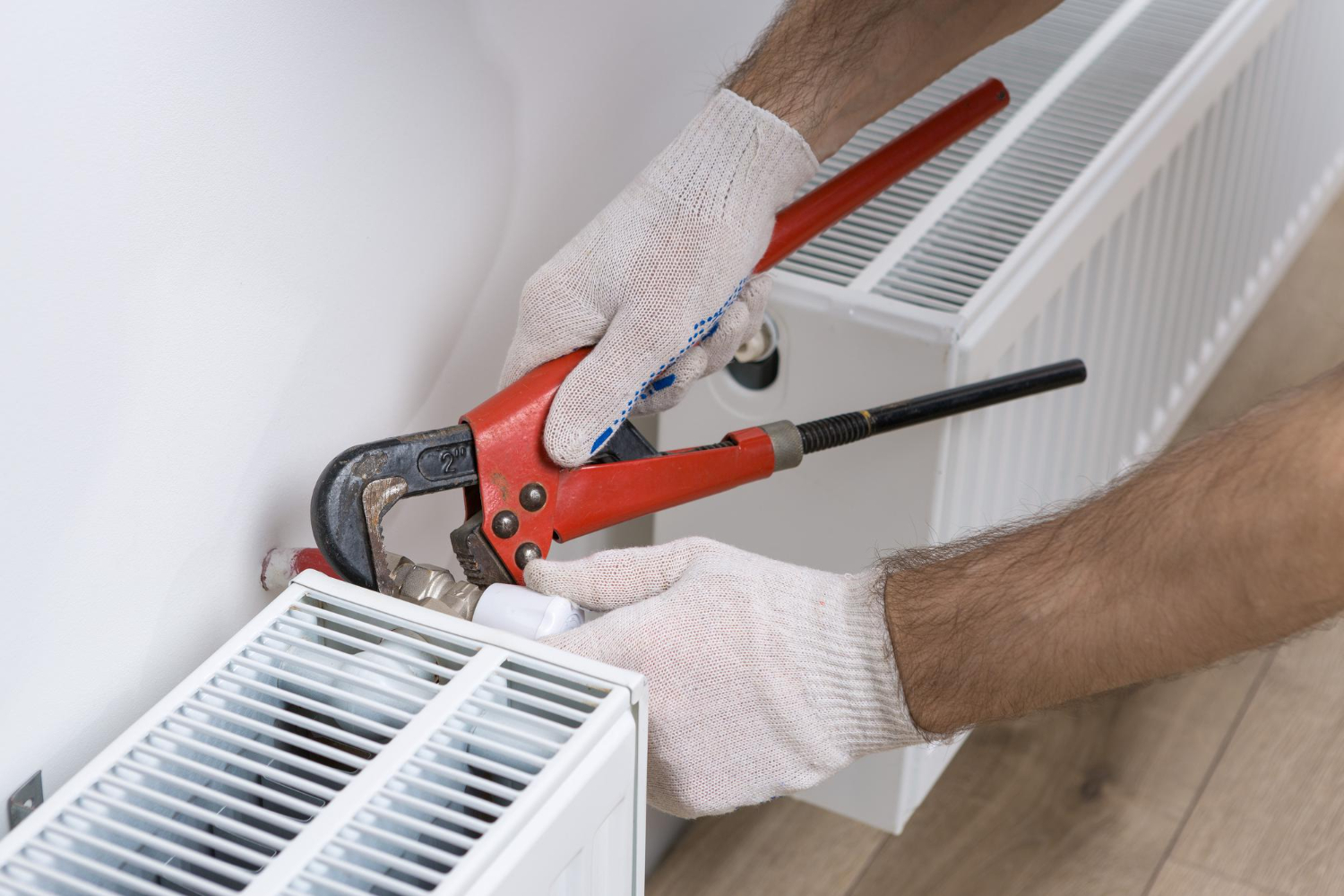



.svg)





